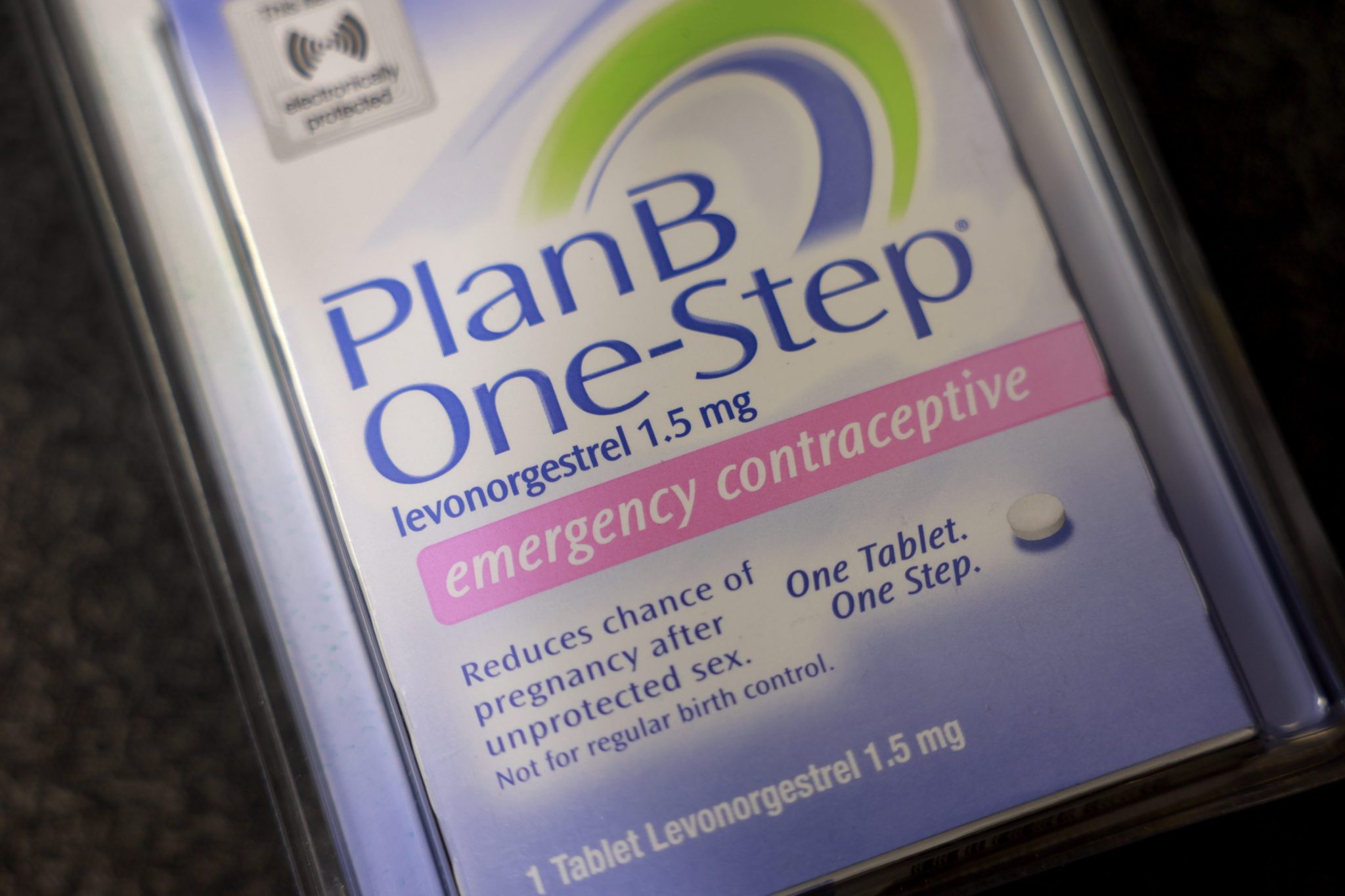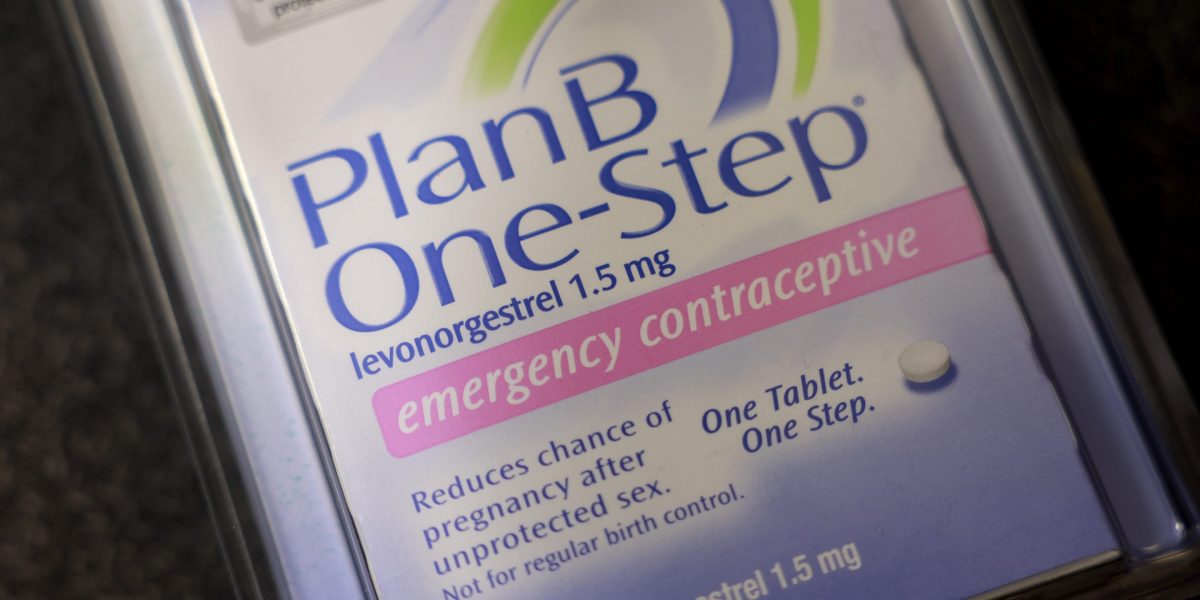
When the Supreme Court ended a woman’s right to an abortion in 2022, it was hard to believe that access to contraceptives could follow. And yet, even before the election, legislative initiatives had begun to restrict access to certain contraceptives. A Trump administration could continue this regressive path, suggesting a slide into the back alley brutality of the 1960s.
It’s time for men to do their part. After 70 years of research, several new male contraceptive options are successful in clinical trials. Accelerating their development can slow the ongoing assault on women’s reproductive health. But this requires a new regulatory perspective, more research funding and a commitment to prioritizing innovation in a market that has been stagnant for more than half a century.
After the election, demand for birth control, abortion pills, long-term birth control, permanent birth control, and requests to replace still-effective IUDs exploded. A similar rise followed Dobbs v. Jackson Women’s Health Organization decision, overturning Roe v. Wade. This time the fear seems more tangible. The Trump-Vance campaign’s rhetoric on abortion and access to contraception has been inconsistent, fueling pre-existing fears. Are these fears based on facts? Is access to contraception really at risk? Does increased demand for vasectomy suggest that men want a greater role in pregnancy prevention? Yes. Yes. And yes.
Contraceptives are under attack
Early signs show that access to contraception is at risk. An archaic interpretation of the dormant Comstock Act seems reprehensible. The so-called “Sexual Purity” Act of 1873 banned obscene material, contraceptives, and anything that could induce abortion through the mail. (It had previously been used to stop the sale of membranes in the 1920s. To overcome this, activist Katharine McCormick had membranes sewn into fur coats in France for resale in America).
After the Dobbs case, anti-abortion activists and conservative states began reinterpreting the law to limit access to the “abortion pill” (mifepristone and misoprostol), even in states where abortion is legal. Importantly, this medication provides safe, early termination of pregnancy for two-thirds of abortion seekers. The Justice Department under President Biden saw the law as applicable to drugs that were used illegally. The FDA expanded who could prescribe the abortion pill and adjusted the in-person visit requirement to support easier access via telehealth. A Trump-Vance administration could repeal these protections and/or enforce the Comstock Act. A few local ordinances already uphold the law, making it illegal to receive the abortion pill in the mail.
If Comstock can be used to limit the abortion pill, can it also be used to limit contraceptives? Unfortunately, yes. Its enforcement would let states and local jurisdictions decide whether women could have access to contraceptives. This is already underway in Indiana and Oklahoma, where new laws are reducing access to certain methods of female contraception based on false claims and conflations of their potential use in abortions. Reflecting a similar theme, Justice Clarence Thomas urged the Supreme Court to reconsider the 1965 decision establishing the right of married couples to use contraception in his concurring opinion in the Dobbs case.
There is also the issue of Medicaid coverage for birth control and Medicaid funding for Planned Parenthood. Reductions or restrictions can make it more difficult for vulnerable population groups to access contraceptives. The Affordable Care Act (ACA) requires insurance plans to cover contraception at no cost. Changes could affect access to contraceptives for tens of millions.
Men must play their part
How these potential attacks on female contraceptives play out over time is unclear. What is What is clear is that 46% of all pregnancies in the United States are unintended. Termination of pregnancy is never a desirable option, but if access to contraception becomes more difficult, women have few alternatives. The growing scarcity of safe abortion forces unwanted parenthood or an unsafe termination of pregnancy. This future is already approaching. A July 2024 JAMA study found that self-induced abortions are increasing with women trying to end their pregnancy by using drugs or alcohol, lifting heavy objects, taking a hot bath, hitting themselves in the stomach, or inserting an object into their body .
Against this background, we need a new perspective on a problem as old as humanity. One innovation could help change things: male contraceptives. For the first time in 70 years, new male contraceptives succeed. And it’s about time. The female pill turns 65 next year, marking more than half a century of the same: Every patch, injectable, implant and ring introduced in the last 65 years prevents pregnancy with hormones. Women complain and it’s not unfair. Innovation in male contraception is even worse: It’s been 169 years since Charles Goodyear commercialized the modern condom.
The government, women’s health advocates, investors and anyone dissatisfied with their contraceptive method must prioritize innovation in contraception. Men have only three options: condoms, vasectomy and abstinence. Researchers are testing three new male options in human studies: a hormone-free birth control pill, a “male IUD” and a hormone gel for dermal application. Data shows that there is a high demand for new contraceptives among women and men, but meeting this demand requires funding to accelerate them and advance future research. Prioritizing women beyond their ability to give birth means not only investing in reproductive health, but also including men: the FDA should examine how it views risk so that men—even without risk of childbirth—can participate in male clinical trials contraceptives.
Finally, consider this: If men had more birth control options, would restricting access to birth control be a thing? Curiously, recent anti-contraception rhetoric has not mentioned condoms. Perhaps contraceptives would be viewed more positively if contraception were not seen as “a woman’s job.” This will not be clear until men have more options.
More must-read commentary posted by Assets:
The opinions expressed in Fortune.com comments are solely the views of their authors and do not necessarily reflect the opinions and beliefs of Assets.
